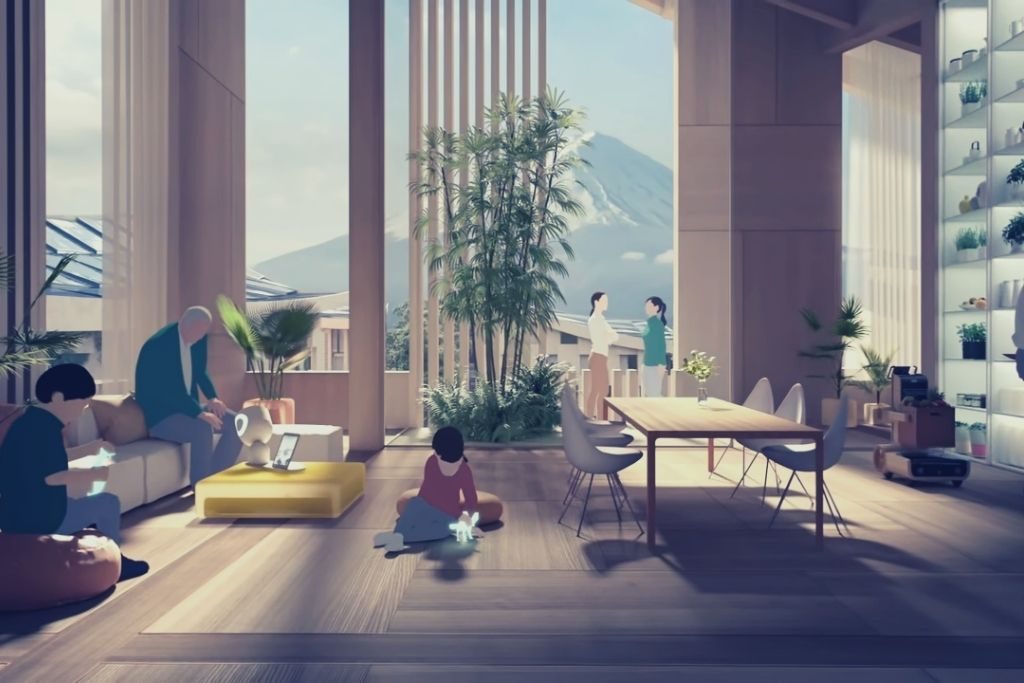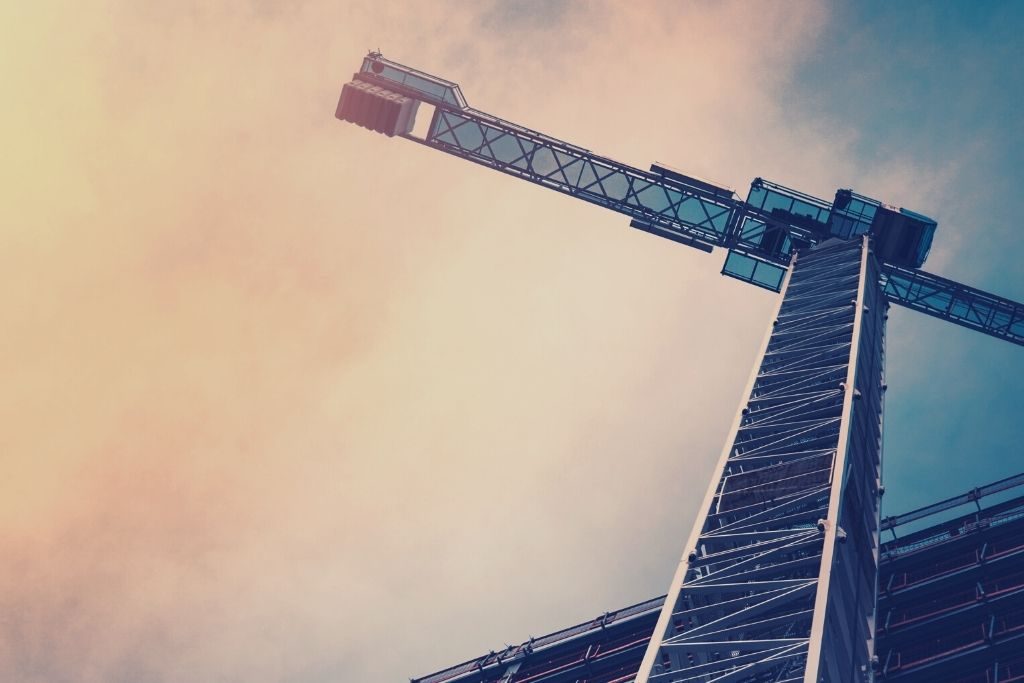Micro-living: 5 Reasons Why Bigger Isn’t Better

Taking a more serious and structured approach to downsizing, “micro-living” is now a dominant design and real estate trend. Officially, this term refers to homes that are up to 35 square meters in size.
Top 5 Technology Trends to Change our Lives in 2022 and Beyond

In whatever ways the pandemic might continue to affect the world, there’s no doubt we’re set to have some technological advancements in the years ahead.
How Green Logistics Can Contribute to Sustainable Bottom Lines

Logistics is a crucial part of doing business in the modern world, but it comes with a high environmental cost. About 8 percent of the global carbon emissions come from logistics, which is also a significant contributor to air pollution including particulate matter, nitrogen oxides, and volatile organic compounds.
BIM: From “Building Information Modeling” to “Better Information Modeling”

Upon reading the acronym “BIM”, one often thinks of the three-dimensional mapping of products in a digital model. But there’s much more to it: With BIM, architects and planners can manage any information related to building design and represent processes, thus making data available at the right time and to the right extent.
These 3 Smart Cities In Making Will Shape the Future of Urbanism

A smart city is an urban settlement that uses technology to solve problems and optimize city life. This idea can come to fruition in two ways: Some cities, such as Singapore or Dubai, are working on becoming “smart cities” via infrastructural updates and investments.
The New Normal of Construction: 5 Disruptions to Watch

Construction remains one of the least digitized industries globally. Construction’s limited digitization contributes to ill-informed decisions and inefficient industry processes, accelerating financial and environmental costs